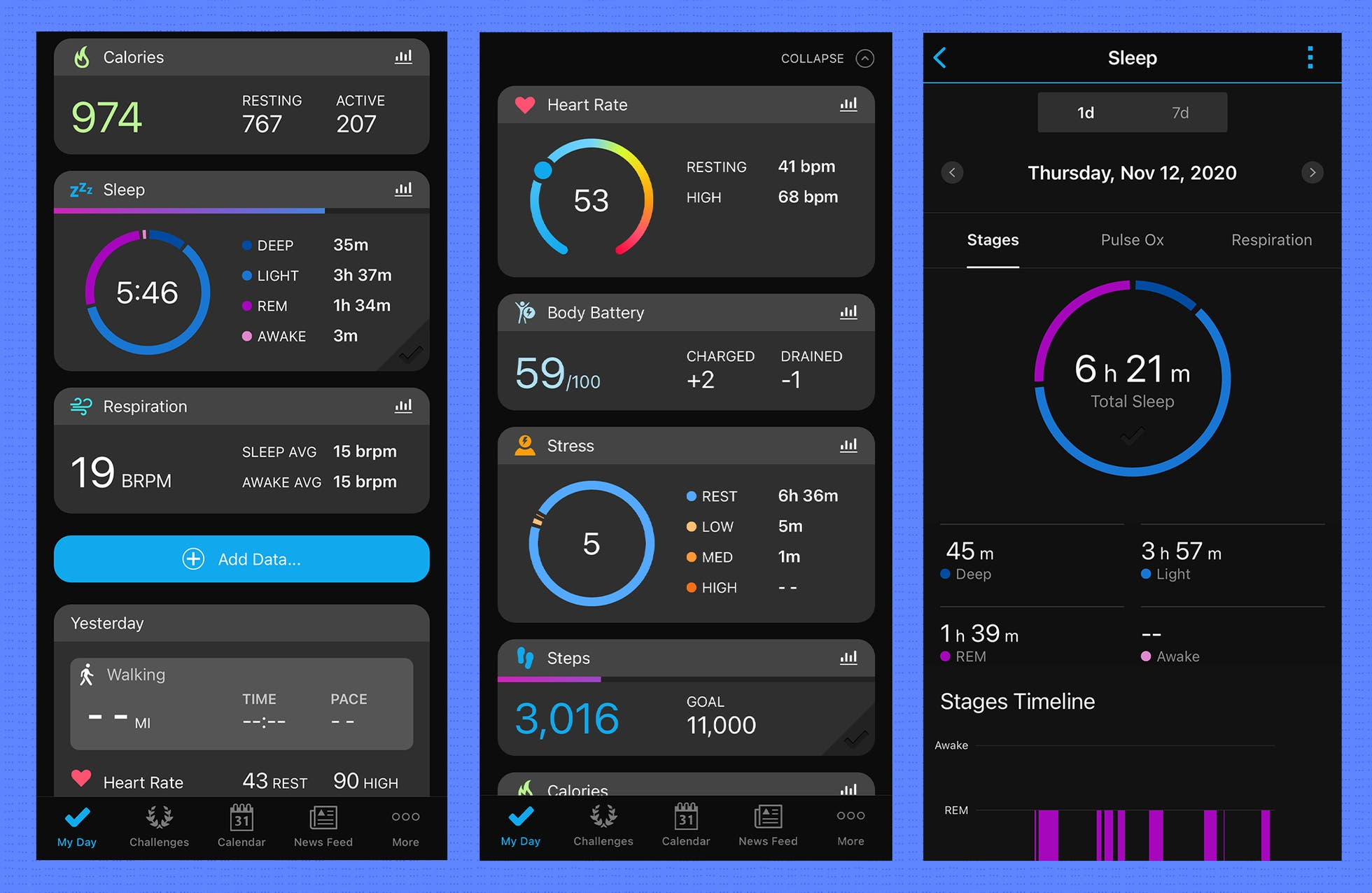Health Tracking is becoming increasingly vital in our quest to understand how learning and memories are formed in the brain. Recent advancements, particularly from Harvard research, highlight the intricate relationship between synaptic plasticity and memory retention, shedding light on potential dementia treatments. As researchers delve into the molecular mechanisms involved, they uncover the complexities of memory formation, revealing how neurological disorders can affect these essential processes. With tools like EPSILON, scientists can map out protein interactions and strengthen our understanding of synaptic behavior, a crucial aspect of cognitive health. This pioneering approach opens the door to new therapies aimed at enhancing memory and combating cognitive decline.
In the realm of cognitive health, monitoring and analyzing our mental well-being through techniques like health monitoring is gaining traction. By utilizing innovative methods to observe the brain’s functionality, researchers are uncovering the processes that underlie memory development and retention. Synaptic modifications play a significant role in how we learn, and this aspect is crucial in treating age-related neurological conditions. The groundbreaking findings from prestigious institutions such as Harvard underscore the importance of exploring memory formation pathways as a means of formulating more effective dementia interventions. With ongoing research, we can expect new insights that will revolutionize our understanding of cognitive health and its implications for mental disorders.
Understanding Memory Formation: The Science Behind Learning
Memory formation is a complex neurobiological process predominantly governed by synaptic plasticity, which refers to the ability of synapses—the connections between neurons—to strengthen or weaken over time in response to increases or decreases in activity. This dynamic adaptation is crucial for learning, as it allows the brain to encode information effectively. Recent studies have highlighted the role of specific proteins, such as AMPARs, that facilitate these synaptic changes, marking them as key players in our ability to form and retain memories. By exploring these molecular mechanisms, researchers are gaining invaluable knowledge that could lead to innovative therapies for neurological disorders.
Harvard researchers have pioneered groundbreaking techniques like Extracellular Protein Surface Labeling in Neurons (EPSILON) that enable scientists to visualize synaptic behaviors at unprecedented resolutions. With tools designed to illuminate the interactions of AMPARs, the precision of these observations sheds light on how distinct memories are stored within the brain’s intricate neural networks. Understanding the cellular architecture involved in memory formation is vital, as it not only unravels the complexities of learning but also lays the groundwork for potential dementia treatments by addressing the synaptic dysfunction that characterizes such disorders.
Health Tracking: Monitoring Synaptic Plasticity for Memory Insights
The ability to track health metrics related to memory formation offers a promising avenue for advancing our understanding of cognitive function and identifying the early signs of neurological disorders. Through innovative methodologies like EPSILON, researchers can monitor synaptic plasticity among live subjects, which is critical for understanding how experiences translate into lasting memories. This high-resolution tracking enables scientists to see the changes in synaptic connections in real-time, providing a detailed map of the brain’s response to learning and memory formation.
As health tracking technologies advance, integrating these insights into clinical practices may revolutionize how we approach dementia treatments. By developing tools that can detect early synaptic changes indicative of memory impairment, clinicians can implement strategies to slow the progression of neurological disorders. This proactive approach—enhanced by physiological health tracking—could ultimately improve the quality of life for those at risk of cognitive decline, cultivating an informed dialogue between health professionals and patients about the importance of maintaining cognitive health.
The Role of Synaptic Plasticity in Learning and Memory
Synaptic plasticity serves as the cornerstone of learning and memory, allowing the brain to adapt based on new experiences. This neuroplasticity is characterized by the strengthening and weakening of synapses to accommodate the information being processed. During the learning process, specific patterns of neuronal activation occur, triggering the release of neurotransmitters that subsequently reinforce synaptic links. The recent advancements in imaging techniques, particularly through the use of EPSILON, have given neuroscientists the ability to observe these intricate changes and understand how memories are secured within our neural networks.
The profound implications of research in synaptic plasticity extend well beyond basic science; they pave the way for novel interventions in treating cognitive disorders like Alzheimer’s disease. A deeper comprehension of the mechanisms that underlie memory consolidation could empower researchers to design effective therapies aimed at restoring synaptic function, thereby combating memory loss associated with neurodegeneration. Studies indicate that enhancing synaptic plasticity could counteract cognitive decline and hold the key to unveiling new strategies for dementia treatments.
Innovative Techniques in Modern Neuroscience
Recent breakthroughs in neuroscience, particularly with techniques like EPSILON, are redefining how researchers study brain function. This method allows for the visualization of synaptic activity with unmatched clarity, enabling scientists to observe the molecular dynamics of learning and memory formation in living organisms. The advent of such sophisticated technologies paves the way for a more detailed understanding of the brain’s intricate networks, including the identification and monitoring of crucial proteins involved in synaptic plasticity.
As neuroscientists continue to refine their methodologies, these innovations open doors to exciting possibilities in the realm of cognitive health. For instance, utilizing advanced imaging can help clarify the biological pathways that lead to neurological disorders, further guiding the development of targeted treatments. As research methodologies evolve, so too does the potential for discoveries that could significantly enhance our understanding of how experiences shape our brains throughout our lives, ultimately informing future approaches to health tracking and rehabilitation.
Dementia Treatments: Bridging Research and Therapy
The quest for effective dementia treatments has intensified as researchers, driven by innovative findings in memory formation and synaptic functionality, strive to develop solutions that address cognitive decline. Recent discoveries indicate that understanding the synaptic underpinnings of memory can lead to therapies that not only mitigate symptoms but also restore cognitive capabilities. By focusing on the mechanisms through which synaptic plasticity operates, scientists can design drugs that enhance or repair synaptic connections affected by neurodegenerative conditions.
Harnessing the insights gained from research at institutions like Harvard enables the formulation of anticipatory strategies for dementia care. By recognizing the relationship between memory formation and synaptic health, clinicians have the opportunity to implement preventive measures that could delay or prevent the onset of dementia symptoms. The integration of scientific findings with clinical practices symbolizes a critical step towards holistic approaches to treating cognitive disorders, underscoring the need for a continuous dialogue between researchers and medical professionals.
The Impact of Harvard Research on Neuroscience
Harvard’s contributions to neuroscience research have been pivotal in shaping our understanding of memory and learning processes. The university’s scientists have focused on illuminating the molecular basis of these processes, especially through advanced imaging and labeling techniques, which have revealed the intricate dance of neurotransmission in synaptic plasticity. This depth of research has not only heightened awareness of the fundamental workings of the brain but also catalyzed a new wave of inquiry into the causes and treatments of neurological disorders, particularly in regard to memory-related impairments.
The implications of such research extend far beyond the confines of academia, influencing pharmaceutical developments and clinical practices around the world. By translating their findings into actionable therapies, researchers are striving to address pressing public health challenges related to aging and cognitive decline. The integration of Harvard’s cutting-edge research into broader therapeutic frameworks promises to reshape the landscape of dementia treatment, ultimately enhancing patient outcomes through evidence-based practices.
Exploring Synaptic Architecture: A Window into the Brain
The exploration of synaptic architecture has garnered significant attention from neuroscientists eager to understand the delicate interplay that sustains memory formation. With methodologies like EPSILON allowing for the examination of neuronal interactions at unprecedented resolution, researchers are uncovering how various synaptic components contribute to memory stability and retrieval. This granular understanding of synapse structure and function acts as a lens through which memories can be viewed, revealing the intricate connections that shape our cognitive experiences.
As discoveries about synaptic architecture accumulate, the potential applications for improving cognitive health grow exponentially. Detailed maps of synaptic connectivity will not only facilitate better understanding of normal cognitive processes but also illuminate the pathological changes that occur in neurological disorders. Researchers can leverage this information to develop targeted therapies that seek to restore normal synaptic function in conditions such as Alzheimer’s, thereby enhancing the capacity for memory and learning.
Long-Term Implications of Synaptic Studies in Health and Disease
The long-term implications of studying synaptic processes are profound, particularly concerning how these insights can inform strategies for managing cognitive health as we age. As scientists unravel the complexities of memory formation and the underlying molecular mechanics of synaptic plasticity, they are poised to revolutionize approaches to both prevention and treatment of memory-related diseases. The ability to track changes in synaptic strength offers tremendous potential for early detection of cognitive decline and personalized interventions tailored to preserve mental acuity.
Moreover, understanding how specific enzymes and proteins contribute to synaptic health provides a scaffold for developing pharmaceutical solutions targeting these pathways. By harnessing the knowledge gained from investigating the interplay between neuronal activity, synaptic plasticity, and memory formation, researchers can devise new therapeutic targets for conditions like dementia. This comprehensive approach to health tracking and intervention could significantly alter how society addresses the growing prevalence of cognitive disorders, leading to enhanced quality of life for aging populations.
Collaborative Efforts: Advancing Neuroscience through Team Research
Collaborative efforts in neuroscience research have proven to be essential for the rapid advancement of our understanding of complex brain functions. By fostering interdisciplinary partnerships among chemists, biologists, and neuroscientists, institutions like Harvard create an environment ripe for innovation. These teams leverage diverse expertise to tackle intricate questions about memory formation, allowing for richer data and more comprehensive insights into the mechanisms of learning and memory.
As teams work together to study the intricacies of synaptic behavior and the impacts of various factors on cognitive function, the results often lead to breakthroughs that no single discipline could achieve alone. By synthesizing methodologies and sharing data, researchers can more effectively explore the intricate web connecting synaptic architecture, memory formation, and the underlying causes of neurological disorders such as dementia. This collaborative approach promises to accelerate the discovery of new therapeutic avenues that may improve outcomes for individuals facing cognitive challenges.
Frequently Asked Questions
How does health tracking relate to memory formation and neurological disorders?
Health tracking plays a significant role in understanding memory formation and neurological disorders. By monitoring cognitive functions and behaviors, health tracking can provide insights into synaptic plasticity—the brain’s ability to adjust and strengthen synaptic connections crucial for learning and memory. This is particularly relevant for developing treatments for disorders like dementia.
What is the importance of synaptic plasticity in health tracking for dementia treatments?
Synaptic plasticity is critical for memory and learning, and health tracking methods can help identify changes in synaptic behavior over time. Monitoring these changes can lead to a better understanding of dementia progression and potentially guide the development of targeted therapies that enhance synaptic function and memory retention.
What is the connection between Harvard research and health tracking in neurological studies?
Recent Harvard research highlights innovative techniques for studying memory formation through health tracking. By employing advanced methods like the EPSILON technique, researchers can track synaptic changes and gain insights into conditions like Alzheimer’s, leading to advancements in dementia treatments via detailed health tracking.
How can health tracking technologies assist in the study of synaptic behavior?
Health tracking technologies can assist researchers in studying synaptic behavior by providing tools that monitor neuronal activity and synaptic changes in real-time. Such precise tracking is essential for understanding memory formation and the underlying mechanisms within the brain, facilitating breakthroughs in treating neurological disorders.
What can health tracking reveal about the mechanisms behind memory formation?
Health tracking can reveal mechanisms behind memory formation by monitoring synaptic plasticity and the activity of proteins like AMPARs, which are vital for synaptic communication. This data helps researchers understand how memories are crafted and retained, thereby providing insights into potential treatments for memory-related neurological disorders.
In what ways does health tracking inform future dementia treatments based on synaptic plasticity?
Health tracking can inform future dementia treatments by elucidating patterns of synaptic plasticity, allowing researchers to identify how different types of memories are formed and stored. Understanding these patterns enables the development of therapeutic strategies aimed at enhancing synaptic connections and reversing memory deficits associated with dementia.
How does the EPSILON technique contribute to health tracking in the context of memory and learning?
The EPSILON technique enhances health tracking by allowing for high-resolution monitoring of synaptic behavior and protein dynamics in real-time. This revolutionary approach provides valuable data on how synapses strengthen during learning, contributing to our understanding of memory formation and potential interventions for neurological disorders.
| Key Points | Details |
|---|---|
| Groundbreaking Technique | Harvard researchers developed a method to map how learning and memories are formed. |
| Significance | This research could lead to new therapies for neurological disorders like dementia. |
| EPSILON Method | Extracellular Protein Surface Labeling in Neurons focuses on mapping proteins critical for synaptic signaling. |
| Synaptic Plasticity | Understanding AMPARs’ behavior helps reveal how synapses strengthen or weaken during memory formation. |
| Research Collaboration | Conducted by Cohen’s lab and Howard Hughes Medical Institute scientists. |
| Potential Applications | EPSILON could be applied to different types of memories and cognitive phenomena. |
| Future Implications | The technique may enhance therapeutic strategies for treating memory impairments. |
Summary
Health Tracking is becoming increasingly important as researchers like Adam Cohen at Harvard University explore the fundamental ways our brains learn and form memories. The new EPSILON technique unveiled in recent studies could revolutionize treatment approaches for memory-related disorders, particularly dementia. By allowing scientists to observe synaptic behavior with unprecedented detail, this groundbreaking research not only sheds light on how we remember but could also pave the way for innovative therapies targeting cognitive dysfunctions.



